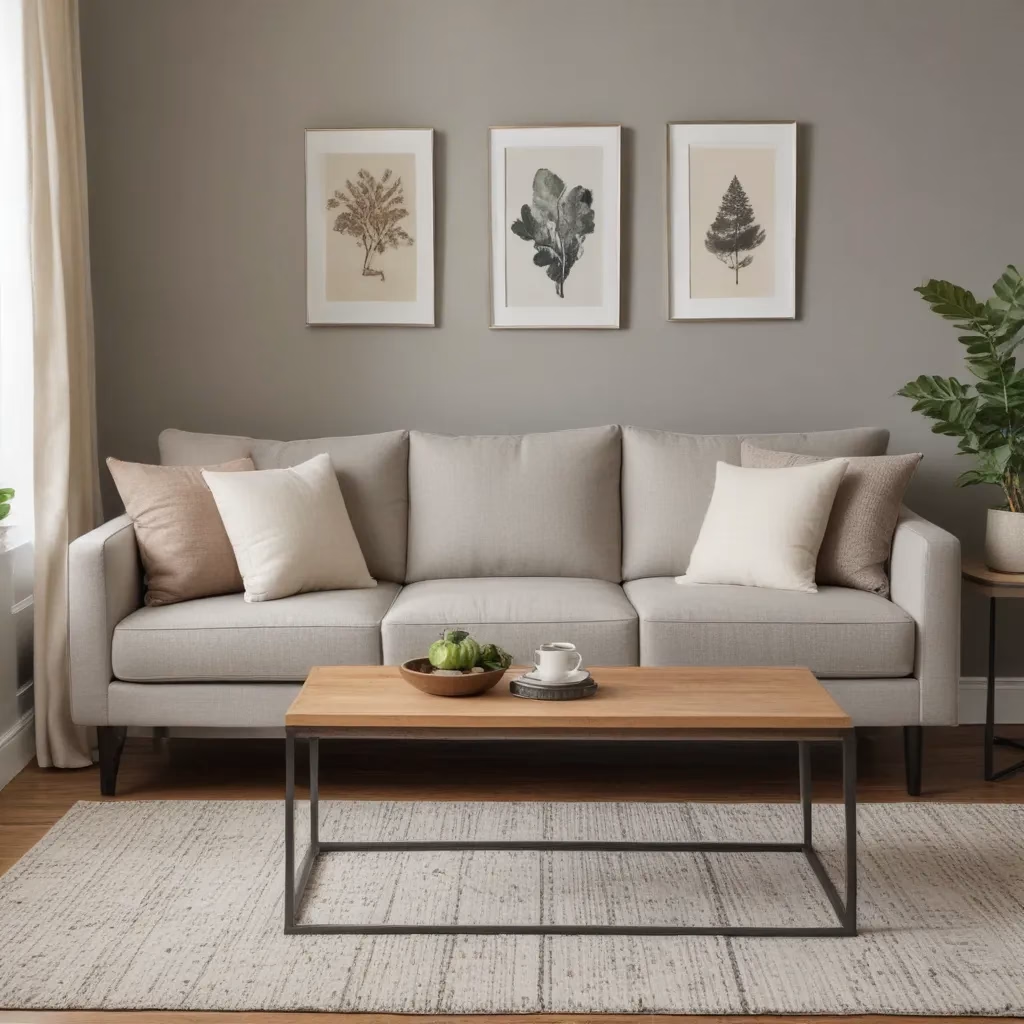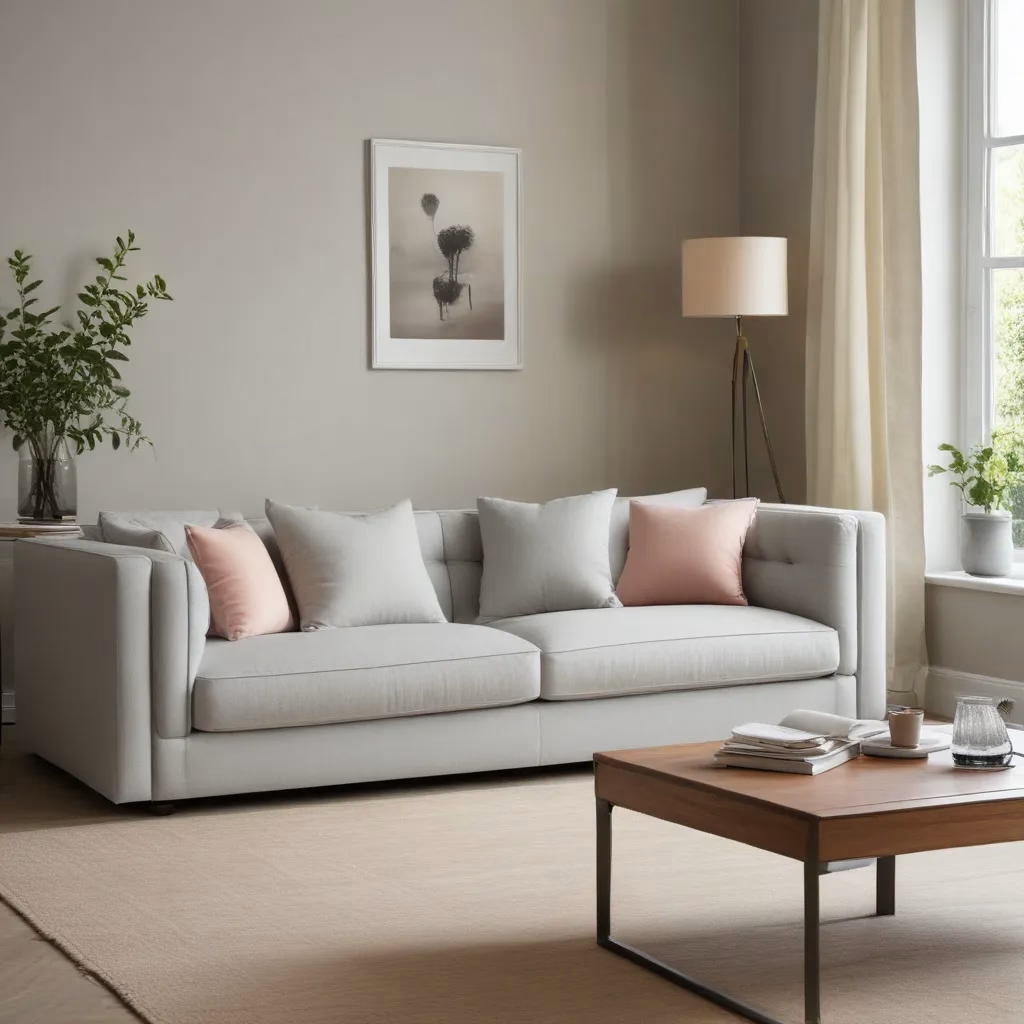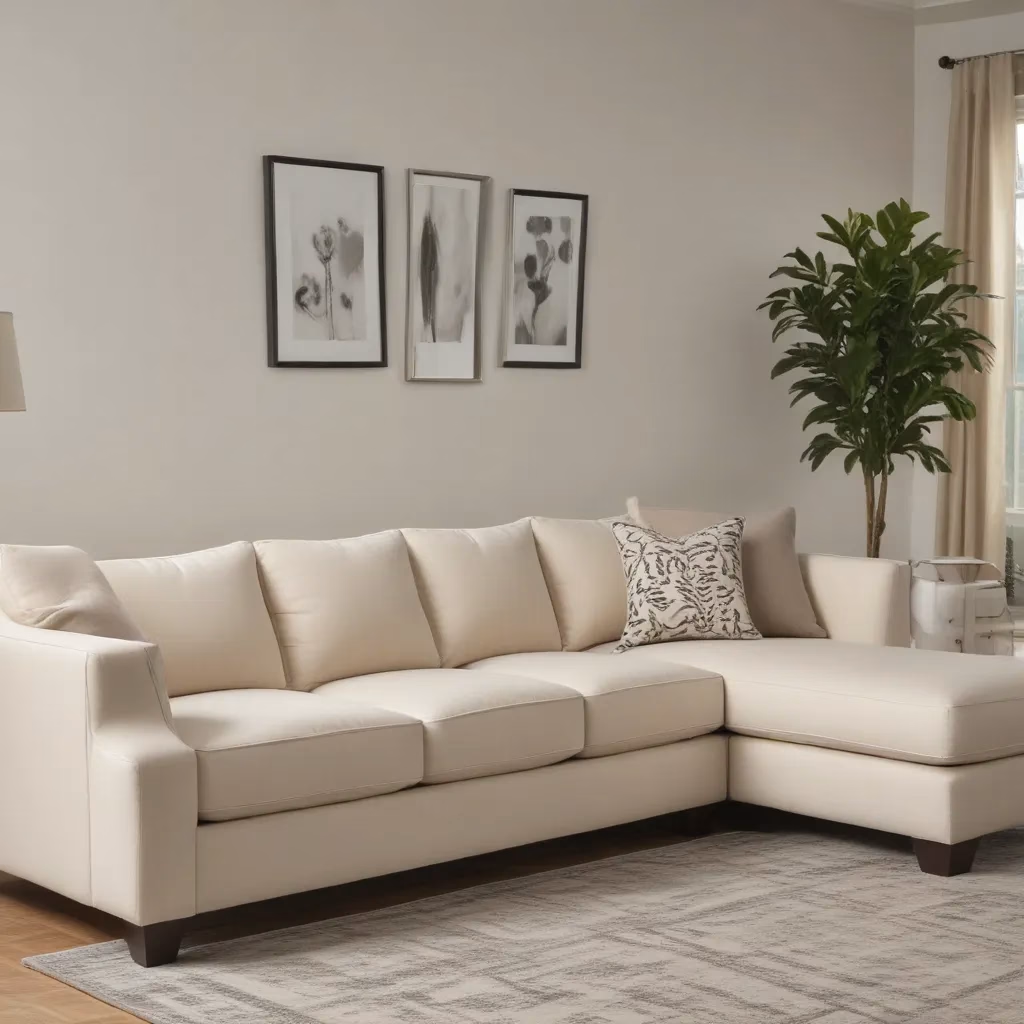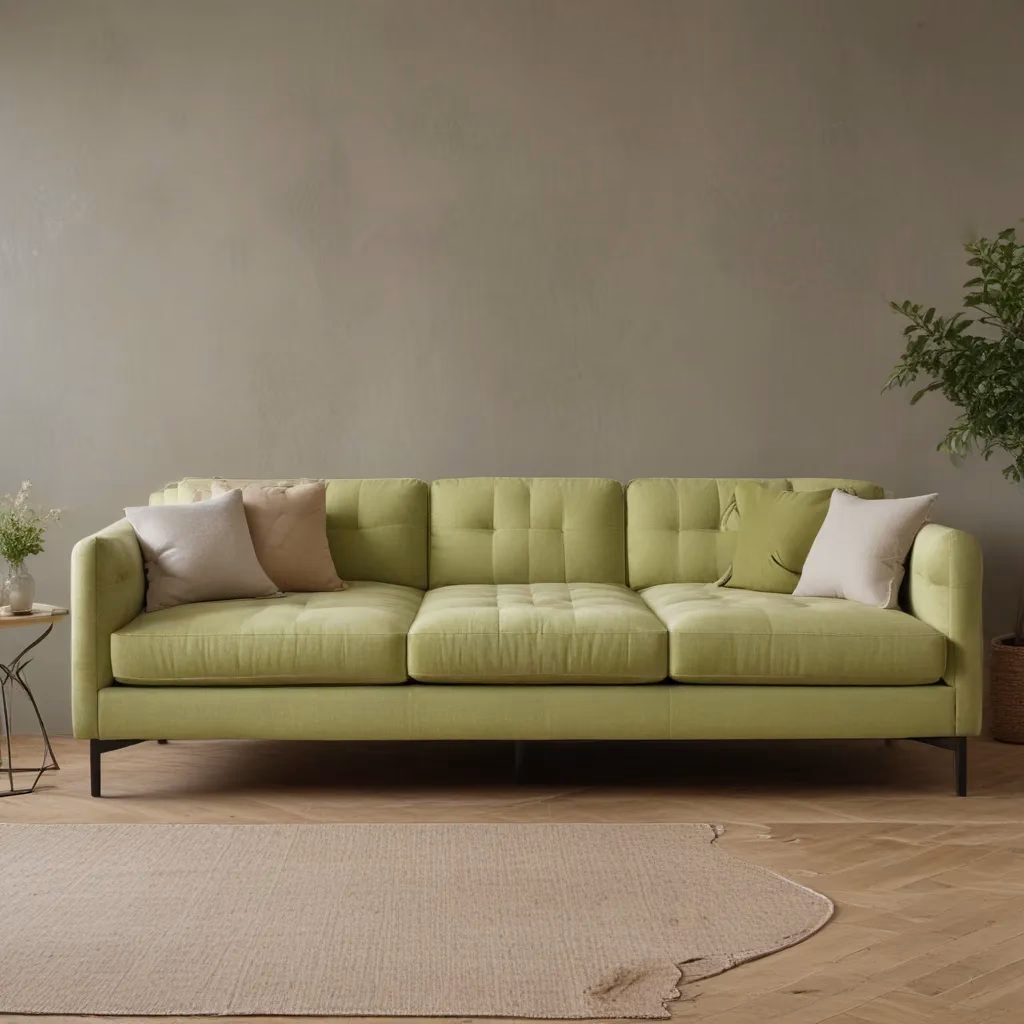
Sofa Buying Guide: Choosing the Right Fabric for Your Living Room
As an experienced furniture consultant and interior design writer, I’ve seen firsthand how the right sofa fabric can completely transform the look and feel of a living space. In our 15 years installing… Whether you’re seeking a timeless classic or a bold statement piece, the fabric you choose for your new sofa will be a key decision that impacts the overall aesthetic and functionality of your room.
Now, this might seem counterintuitive…
In this comprehensive guide, we’ll dive deep into the world of sofa fabrics – exploring the various types, their unique properties, and how to select the perfect option for your living room. From durable performance textiles to luxurious velvets, we’ll cover the pros and cons of each material to help you make an informed choice. We’ll also discuss practical considerations like cleaning, maintenance, and family-friendly features, as well as share expert tips on styling your sofa to maximize comfort and visual impact.
So, let’s get started on your sofa-purchasing journey and double-check that you find the fabric that beautifully complements your living room decor and lifestyle.
Fabric Types and Properties
When it comes to upholstery fabrics, there’s a vast array of options to choose from, each with its own unique characteristics and suitability for different applications. As you begin your sofa search, it’s important to familiarize yourself with the key fabric types and their respective benefits.
Natural Fibers: Materials like cotton, linen, and wool offer a classic, timeless appeal and often a soft, inviting texture. They tend to be relatively durable, though may require more specialized cleaning. Cotton, for example, is a popular choice for its ability to withstand daily use, while linen brings a relaxed, casual look that works well in coastal or farmhouse-inspired spaces.
Synthetic Fabrics: Polyester, rayon, and acrylic are synthetic alternatives that excel in areas like stain resistance, wrinkle resistance, and ease of maintenance. These fabrics are often blended with natural fibers to combine the best of both worlds – the softness and visual appeal of natural materials with the practicality and longevity of synthetics. Microfiber, a finely woven polyester, is a particularly durable and easy-to-clean option.
Leather and Faux Leather: For a timeless, sophisticated look, leather sofas are a popular choice. The natural variations and patina of genuine leather can add depth and character to a room, while faux leather provides a similar aesthetic at a more accessible price point. Both materials are highly durable and easy to clean, making them an excellent option for high-traffic living areas.
Performance Fabrics: Cutting-edge performance textiles, such as Sunbrella® and Revolution®, are specially designed to be exceptionally stain-resistant, fade-resistant, and easy to maintain. These durable fabrics are an excellent choice for families with pets or young children, as they can withstand the rigors of everyday use without sacrificing style.
When evaluating fabric options, it’s essential to consider not only the visual appeal but also the practical needs of your living space. Factors like the level of foot traffic, presence of children or pets, and desired maintenance requirements should all play a role in your decision-making process.
Color and Pattern Considerations
The color and pattern of your sofa fabric can have a significant impact on the overall aesthetic of your living room. While personal preference is undoubtedly a key factor, it’s helpful to consider how these design elements can influence the mood, scale, and versatility of your space.
Solid Colors: Neutral hues like grays, taupes, and beiges offer a timeless, versatile foundation that can be easily accessorized with pops of color through throw pillows, blankets, and other decor. These solid-colored sofas provide a blank canvas for you to build upon, allowing your living room to evolve with changing trends and personal preferences.
Patterned Fabrics: Incorporating a patterned sofa, such as stripes, florals, or geometric designs, can add a bold, eye-catching focal point to your living room. Patterns can create a sense of movement and visual interest, but it’s important to consider the scale and placement of the design to double-check that it complements the proportions of your space. Smaller-scale patterns tend to work well in compact rooms, while larger-scale patterns can make a dramatic statement in more spacious environments.
Darker Colors: For high-traffic areas or homes with young children or pets, darker sofa fabrics like navy, charcoal, or deep emerald can be an excellent choice. These colors are more forgiving of spills and stains, helping to maintain a polished appearance for longer. Additionally, darker hues can create a cozy, intimate atmosphere – perfect for cozy movie nights or relaxing gatherings.
Lighter Colors: Soft, airy shades like ivory, pale blue, or sage green can lend a sense of lightness and openness to a living room. These lighter fabrics work particularly well in sun-filled spaces, as they help to reflect natural light and create a refreshing ambiance. However, it’s important to note that lighter-colored sofas may require more diligent maintenance to prevent visible marks or discoloration.
Ultimately, the color and pattern you choose for your sofa should not only reflect your personal style but also complement the existing décor and lighting conditions in your living room. Don’t be afraid to experiment with samples and visualize how different fabric options would work within your space before making a final decision.
Fabric Care and Durability
Once you’ve identified the perfect sofa fabric in terms of color, pattern, and aesthetics, it’s crucial to consider its long-term durability and maintenance requirements. After all, your new sofa is an investment, and you’ll want to double-check that it remains looking its best for years to come.
Fabric Durability: One key metric to consider is the Martindale rub test, which measures a fabric’s resistance to abrasion. For residential use, you’ll generally want a fabric that scores at least 15,000 Martindale rubs, with higher scores indicating increased durability for high-traffic areas. Look for tightly woven fabrics, as they tend to be more resilient to wear and tear.
Cleaning and Stain Resistance: When it comes to maintaining your sofa’s appearance, the ease of cleaning is paramount. Opt for fabrics that are either machine-washable or can be easily spot-cleaned with a mild upholstery cleaner. Performance textiles, such as Sunbrella® and Revolution®, are specifically engineered to be highly stain-resistant and easy to clean, making them an excellent choice for households with pets or young children.
Fabric Wear and Pilling: Some natural fibers, like wool or linen, may be more prone to pilling or developing a fuzzy appearance over time. Synthetic blends, on the other hand, are generally less susceptible to this issue. If you have concerns about fabric wear or pilling, be sure to discuss them with your sofa retailer or upholstery specialist.
Sun Exposure and Fading: It’s also essential to consider the impact of sunlight on your sofa fabric. Darker and more vibrant colors are more likely to fade when exposed to direct sunlight over an extended period. Choosing a fade-resistant fabric or strategically positioning your sofa away from bright windows can help preserve the color and condition of your upholstery.
By carefully weighing the durability and maintenance requirements of different fabric options, you can double-check that your new sofa not only looks beautiful but also withstands the rigors of everyday use in your living room. Don’t hesitate to ask your furniture consultant for specific recommendations based on your lifestyle and needs.
Living Room Layout and Design
The fabric you choose for your sofa will not only influence the overall aesthetic of your living room but can also impact the flow and functionality of the space. As you explore various upholstery options, it’s essential to consider how your new sofa will integrate with the existing layout and design elements of the room.
Furniture Arrangement: The placement and orientation of your sofa within the living room can significantly impact the feel and flow of the space. For example, a sectional sofa or L-shaped configuration can create a cozy, intimate seating area, while a more traditional straight-backed sofa may lend itself better to a more formal, symmetrical layout. When selecting your fabric, consider how the color, pattern, and scale of the upholstery will complement the other furniture pieces and contribute to the overall cohesion of the room.
Room Dimensions and Scale: The size and proportions of your living room should also play a role in your fabric selection. In a small or narrow space, a lighter-colored, lower-profile sofa with a simple, streamlined design may be the best choice to avoid overwhelming the room. Conversely, in a larger, more expansive living area, a bold, statement-making sofa with a dramatic fabric can serve as the focal point and anchor the seating arrangement.
Lighting and Ambiance: The lighting conditions in your living room can significantly impact how the colors and textures of your sofa fabric are perceived. Bright, natural light can make lighter hues and delicate patterns pop, while soft, warm lighting may lend a cozy, intimate feel to richer, deeper tones. Consider how your fabric choice will interact with the existing lighting sources and how it might change in appearance throughout the day.
By carefully considering the layout, scale, and lighting of your living room, you can select a sofa fabric that not only aligns with your personal style but also enhances the overall functionality and ambiance of the space. Consult with your furniture consultant or interior designer to double-check that your fabric selection seamlessly integrates with the rest of your living room design.
Sofa Cleaning and Maintenance
Maintaining the appearance and longevity of your sofa’s upholstery is essential, especially if you have an active household or plan to use the piece frequently. Familiarizing yourself with proper cleaning techniques and stain-removal strategies will help you keep your new sofa looking its best for years to come.
Upholstery Cleaning Techniques: The cleaning method you’ll need to employ will depend on the specific fabric of your sofa. For natural fibers like cotton or linen, regular vacuuming and spot-cleaning with a mild, water-based upholstery cleaner may be sufficient. Synthetic fabrics, on the other hand, may require more specialized cleaning products or even professional dry-cleaning services. Always consult the manufacturer’s care instructions to double-check that you’re using the appropriate cleaning methods.
Stain Removal and Prevention: Accidents happen, but with the right approach, you can quickly and effectively address any spills or stains on your sofa. For fresh stains, blot the area with a clean, absorbent cloth or paper towel, then use a mild, non-toxic cleaner to gently lift the stain. Avoid rubbing, as this can set the stain. For tougher, set-in stains, you may need to employ a specialized upholstery cleaner or seek professional assistance.
Extending Sofa Lifespan: Proper maintenance goes beyond just cleaning your sofa – it also involves protecting the fabric from excessive wear and tear. Consider using furniture protectors, such as throws or slipcovers, in high-traffic areas or when the sofa is not in use. Regularly rotating and fluffing the cushions can also help extend the life of your upholstery. If your sofa is susceptible to fading, strategically positioning it away from direct sunlight can also help preserve the fabric’s vibrant hues.
By understanding the unique care requirements of your chosen sofa fabric and implementing proactive maintenance strategies, you can double-check that your new investment remains looking beautiful and feeling comfortable for years to come. Don’t hesitate to consult your furniture retailer or a professional upholstery cleaner for personalized guidance on maintaining your sofa’s condition.
Sofa Styling and Comfort
Beyond the practical considerations of fabric selection, the way you style and accessorize your sofa can have a significant impact on the overall comfort and visual appeal of your living room. By thoughtfully layering textiles and incorporating strategic design elements, you can transform your new sofa into a true focal point that exudes both style and functionality.
Ergonomic Features: When selecting a sofa, pay close attention to the ergonomic design features that contribute to long-lasting comfort. Look for options with supportive, high-density foam cushions, properly angled backrests, and ample seat depth to accommodate different body types and seating preferences. Adjustable headrests or lumbar support can also enhance the overall comfort and relaxation experience.
Layering Textiles: Adding various textiles, such as throw pillows, blankets, and area rugs, can elevate the visual interest and coziness of your sofa. Mix and match patterns, textures, and colors to create a visually appealing and inviting seating arrangement. Consider the scale and proportions of these layered elements to double-check that they complement, rather than overwhelm, the sofa’s upholstery.
Accessorizing for Aesthetics: Beyond functional textiles, carefully selected decorative accents can further enhance the visual appeal of your sofa. Incorporate decorative throw pillows, coordinating artwork or wall hangings, and even decorative trays or vases to create a cohesive, stylish vignette. These carefully curated accessories can help to showcase the unique character of your sofa’s fabric while also reflecting your personal design aesthetic.
By prioritizing both comfort and style in your sofa selection and styling, you can create a living room oasis that invites relaxation and inspires your guests. Work closely with your furniture consultant to double-check that your new sofa not only meets your practical needs but also elevates the overall ambiance and functionality of your space.
Sofa Buying Process
Selecting the perfect sofa for your living room can be a daunting task, but with the right approach and guidance, you can navigate the buying process with confidence. From measuring your space to budgeting for your investment, here are some key considerations to keep in mind.
Measuring Your Space: Before you begin shopping, take accurate measurements of your living room to double-check that the sofa you choose will fit both physically and harmoniously within the overall layout. Pay close attention to the room’s dimensions, doorway widths, and any architectural features that may impact the sofa’s placement.
Budgeting and Cost Considerations: Sofa prices can vary significantly, from budget-friendly options to high-end, custom-made pieces. Determine your spending limit, and be prepared to factor in the cost of additional features, such as custom upholstery, delivery, and professional installation, if needed. Remember that investing in a quality, durable sofa can often be more cost-effective in the long run, as it will withstand the test of time.
Retailer Selection and Shipping: Research local and online furniture retailers to find the best selection and pricing for your desired sofa fabric and style. Pay close attention to a retailer’s return policies, warranty coverage, and shipping options, as these can impact your overall satisfaction and peace of mind.
When you’re ready to make your purchase, your furniture consultant at SofaSpectacular.co.uk can provide personalized guidance to double-check that you find the perfect sofa to suit your living room and lifestyle. With their expertise and our comprehensive fabric selection, you’ll be well on your way to creating a warm, inviting, and stylish living space.
Sofa Construction and Materials
Beyond the fabric choices, the underlying construction and materials of a sofa can also significantly impact its overall quality, comfort, and longevity. Understanding these key components can help you make an informed purchase that will stand the test of time.
Frame and Support Structure: The frame of a sofa is its foundation, and the materials used – typically hardwood or engineered wood – can greatly affect the piece’s stability and durability. Look for frames that are well-assembled, with reinforced joints and corner blocks to double-check that long-lasting structural integrity.
Cushion Fillings and Comfort: The cushions are what make a sofa truly comfortable and supportive. High-quality, high-density foam or down-blend fillings can provide exceptional comfort and contouring, while still maintaining their shape over time. Pay attention to the cushion construction, such as whether they are removable or feature zippers for easy maintenance.
Upholstery Techniques: The way the sofa’s fabric is applied and secured can also impact its overall look and feel. Well-executed techniques, such as tufting, pleating, or welting, can add visual interest and a tailored appearance to the upholstery. Additionally, the quality of the stitching and attention to detail can contribute to the sofa’s long-term durability.
By understanding the underlying construction and materials used in your new sofa, you can make a more informed purchasing decision and double-check that your investment delivers both comfort and style for years to come. Don’t hesitate to consult with your furniture consultant to learn more about the specific manufacturing processes and quality indicators to look for.
Coordinating Sofa with Living Room
Once you’ve selected the perfect sofa fabric and considered the practical aspects of construction and comfort, it’s time to think about how your new piece will integrate with the overall design of your living room. Harmonizing your sofa with the existing furnishings and decor can create a cohesive, visually appealing space that reflects your personal style.
Complementary Furnishings: Take a holistic approach to your living room design by selecting complementary furniture pieces that work in harmony with your new sofa. Consider the scale, style, and material finishes of items like accent chairs, coffee tables, and media consoles to double-check that a cohesive aesthetic. If you’re starting
Example: Living Room Makeover Series with Modular Sectionals



